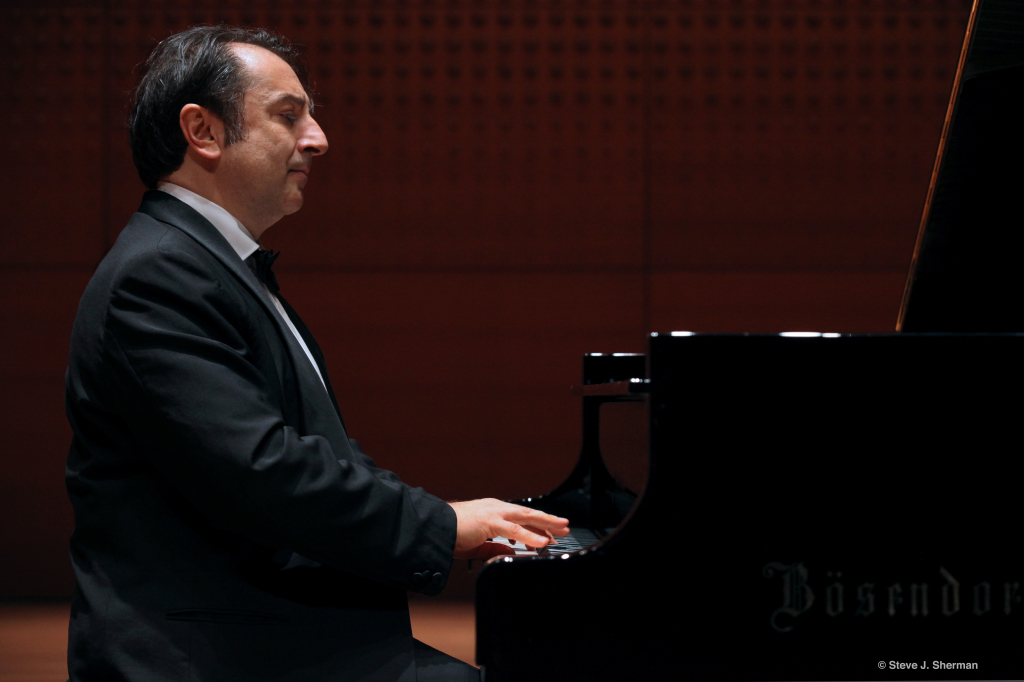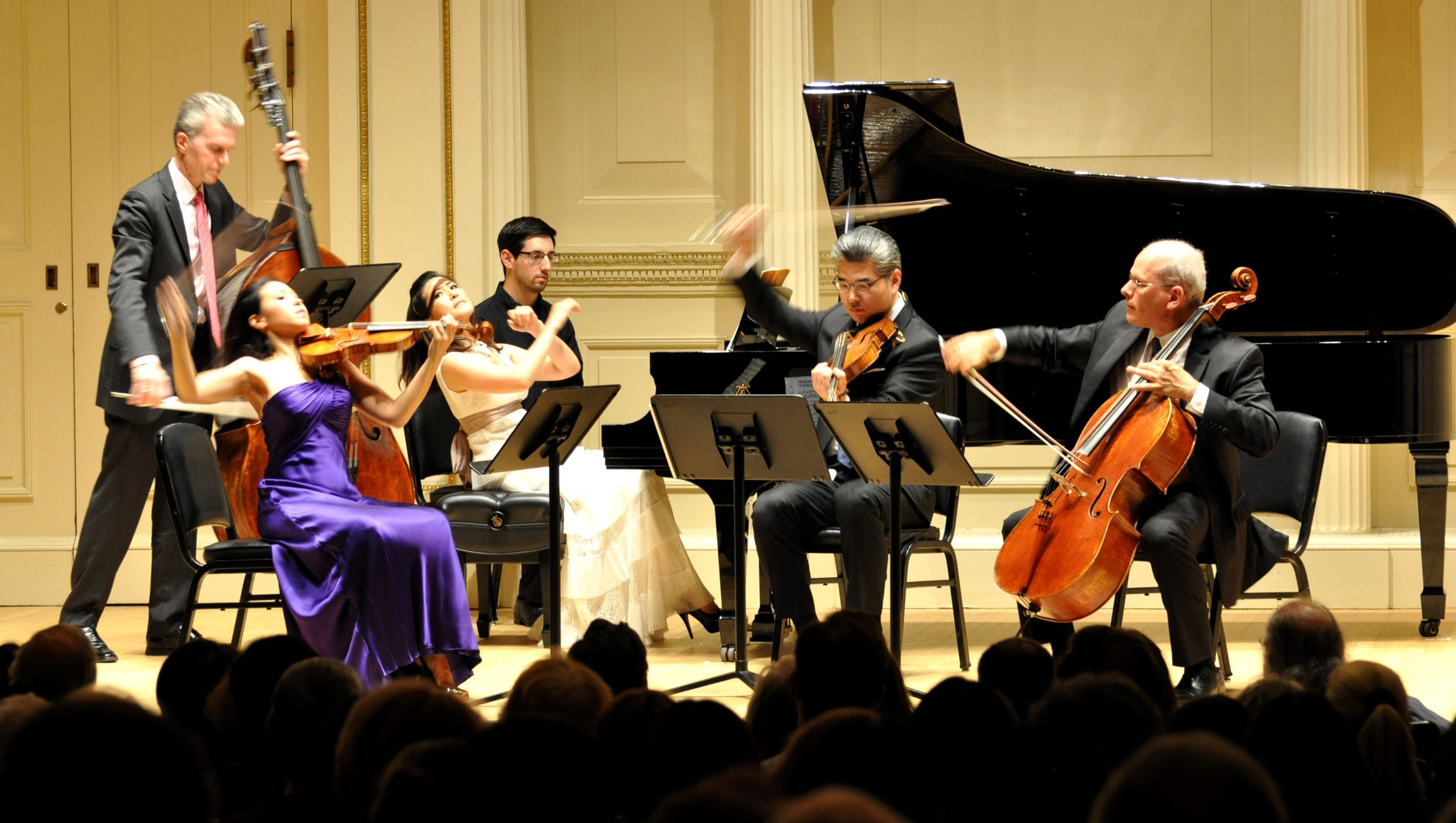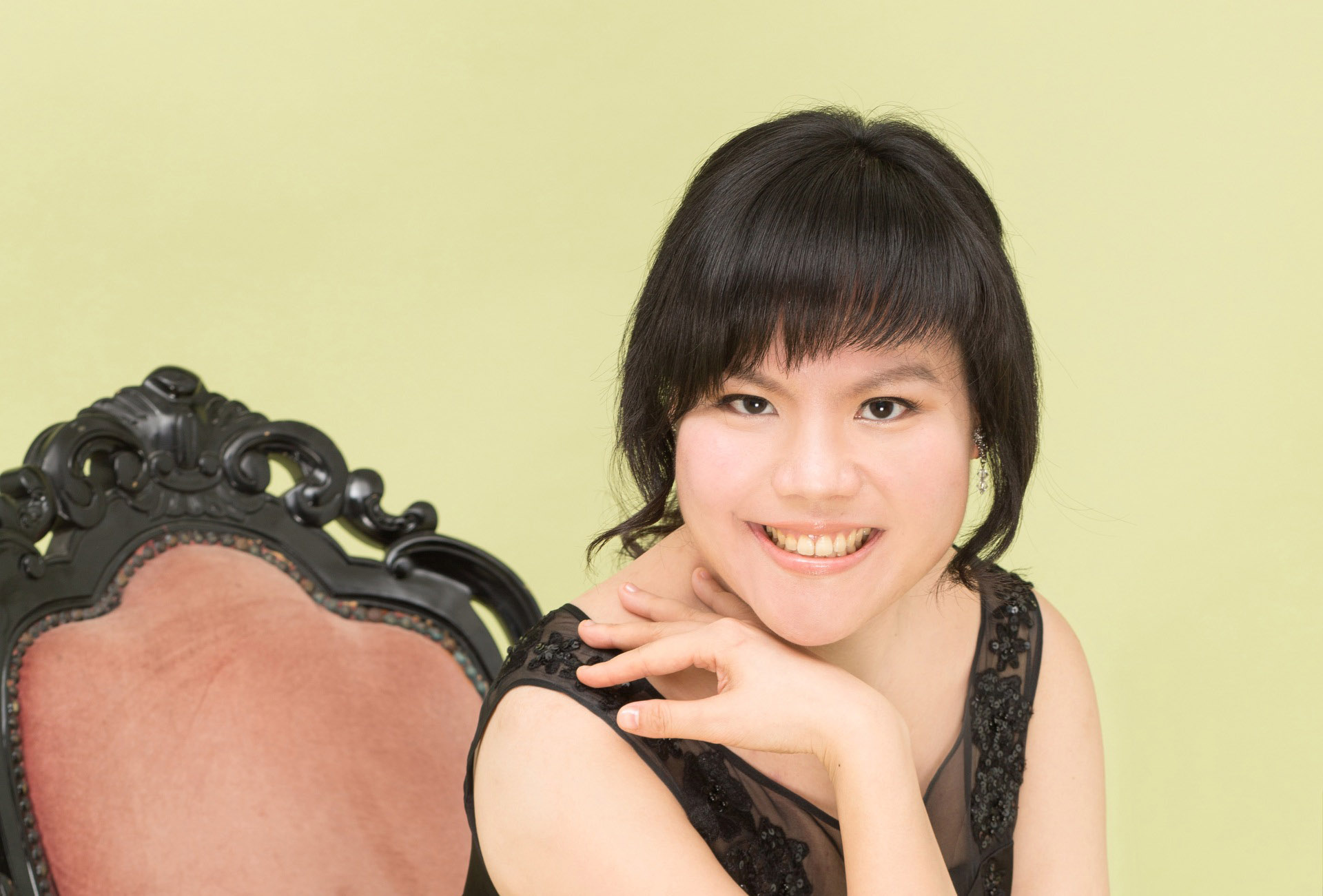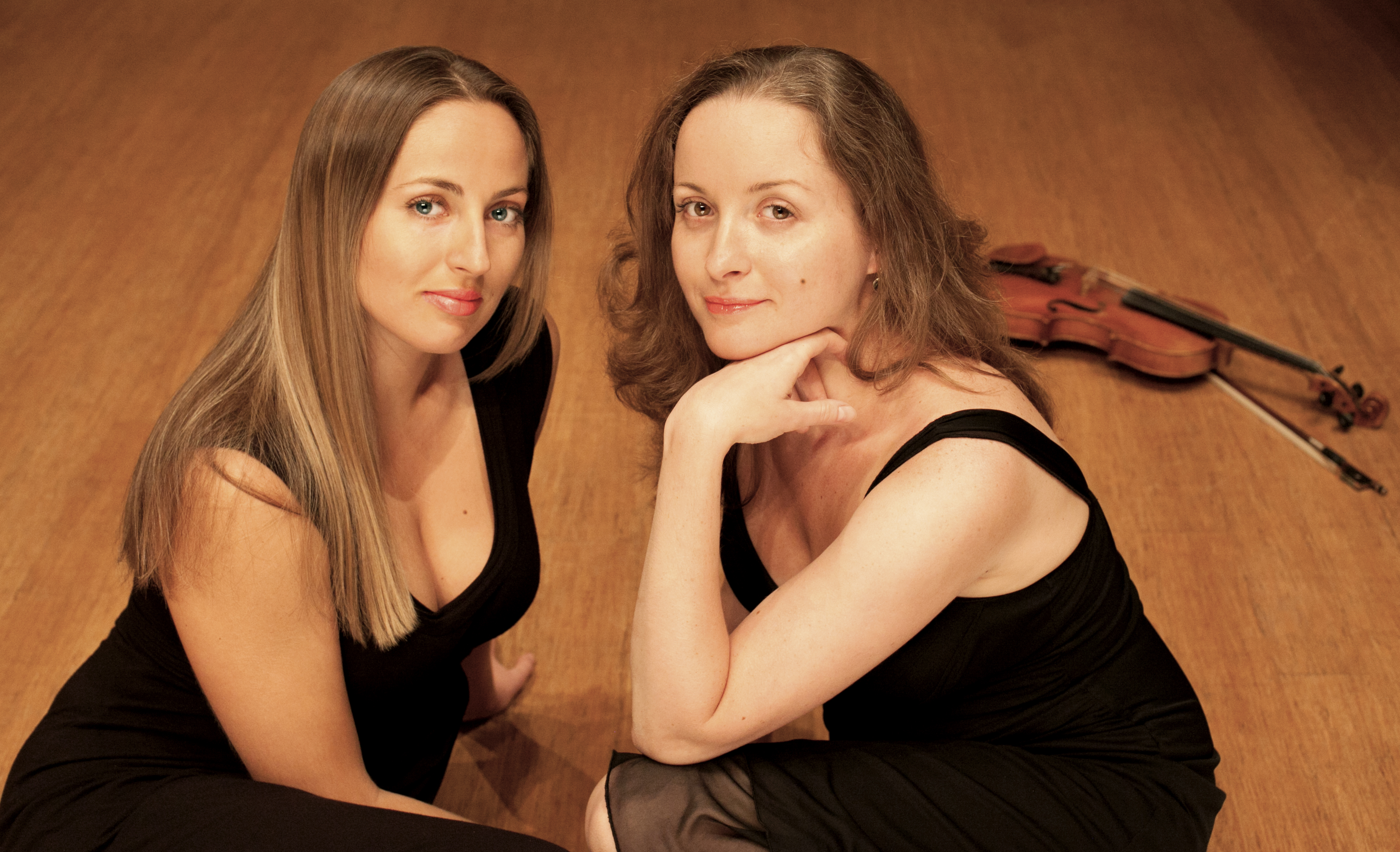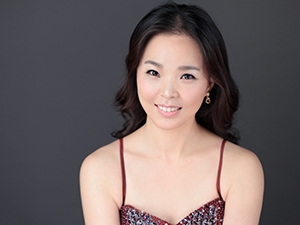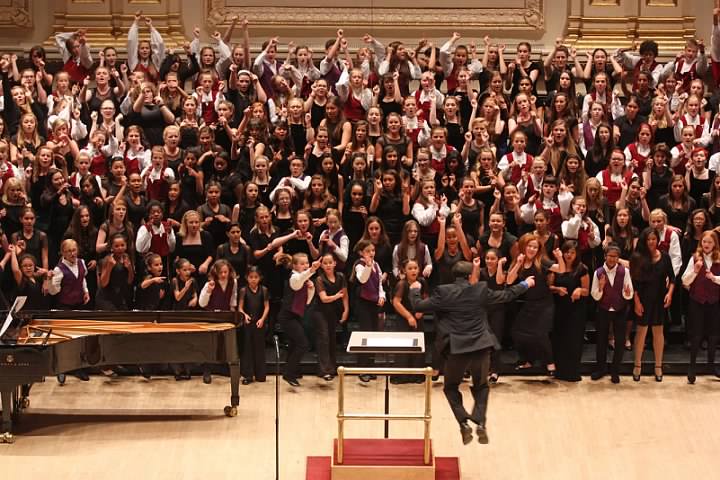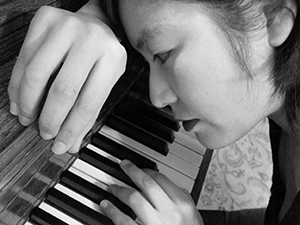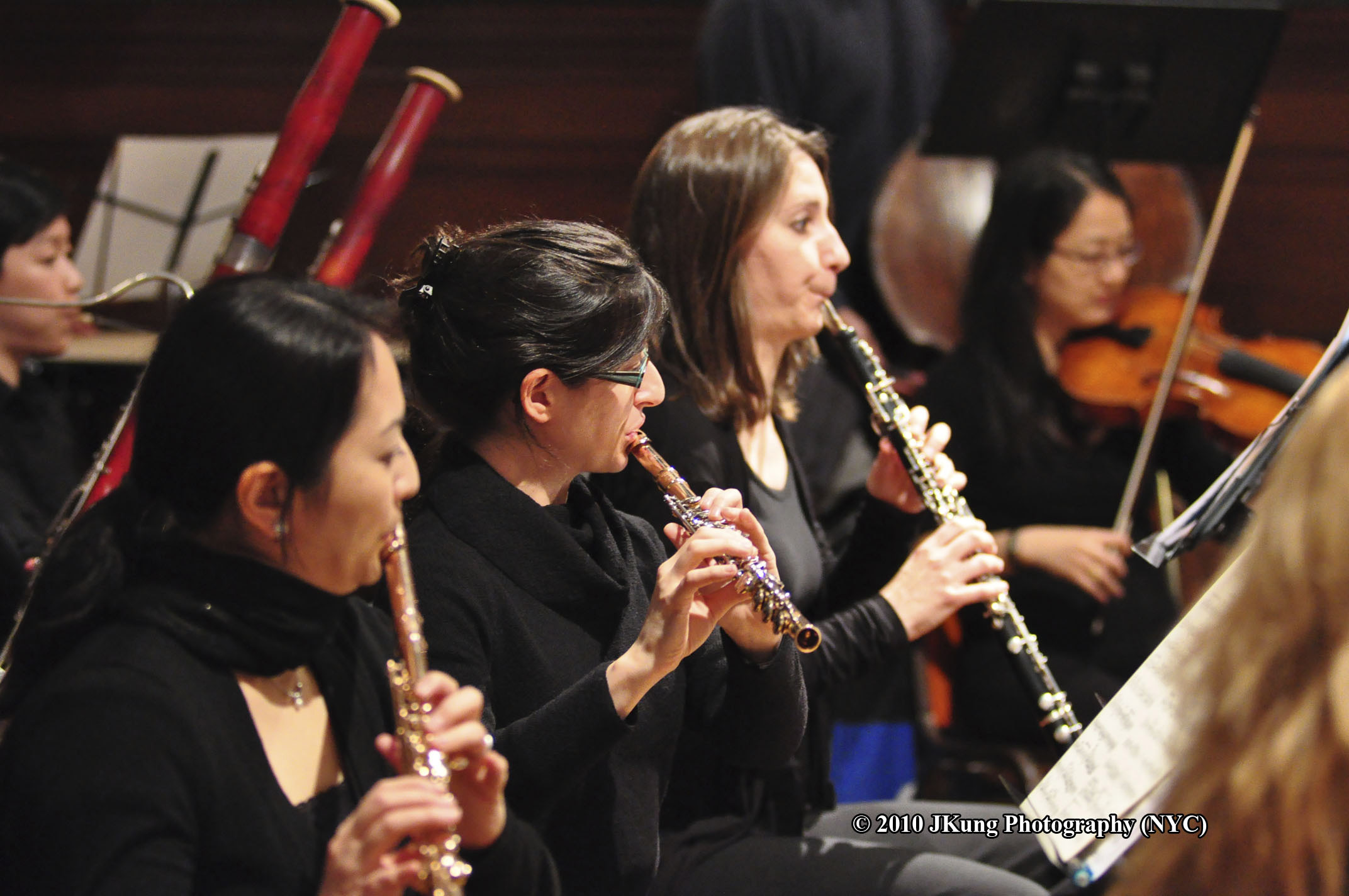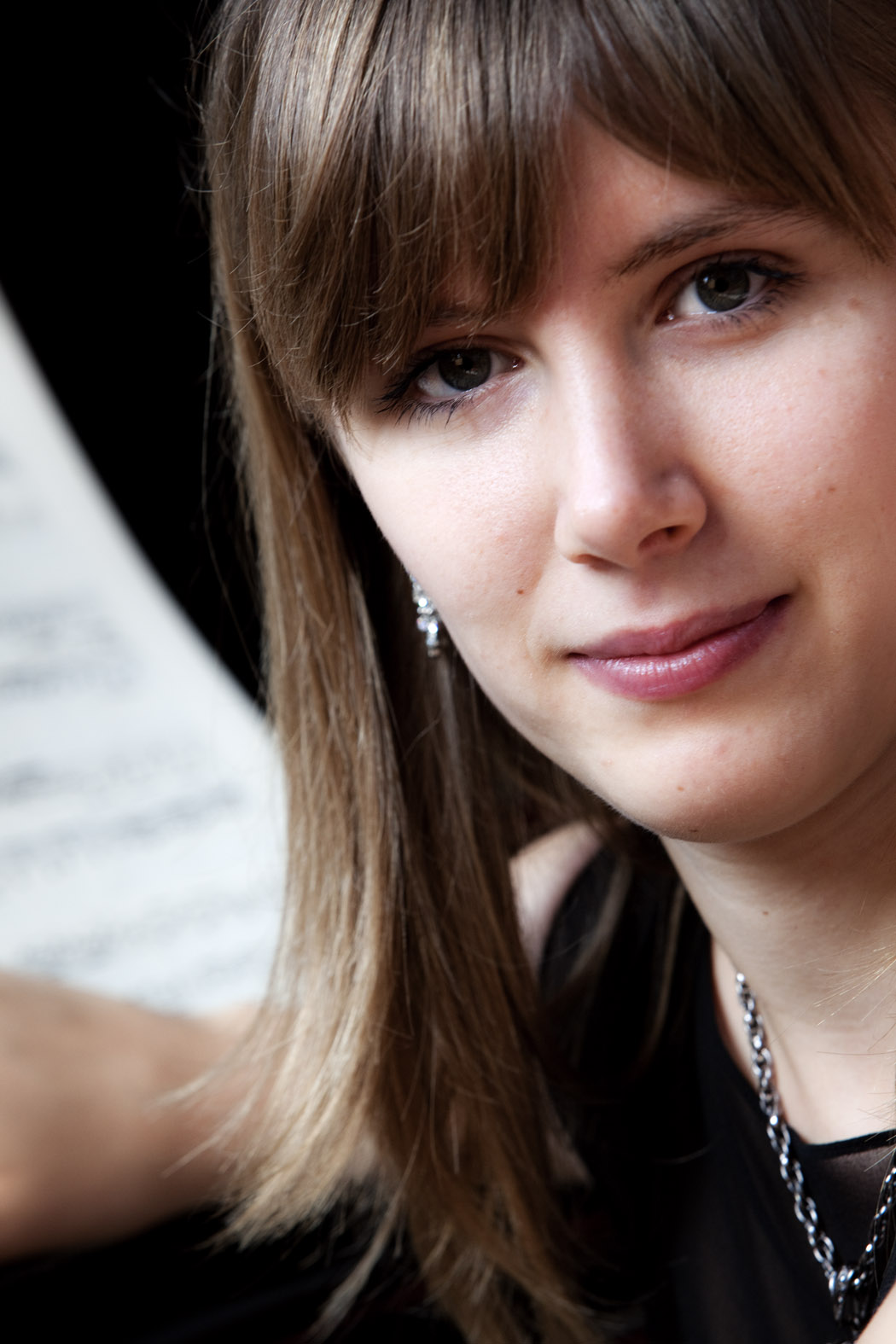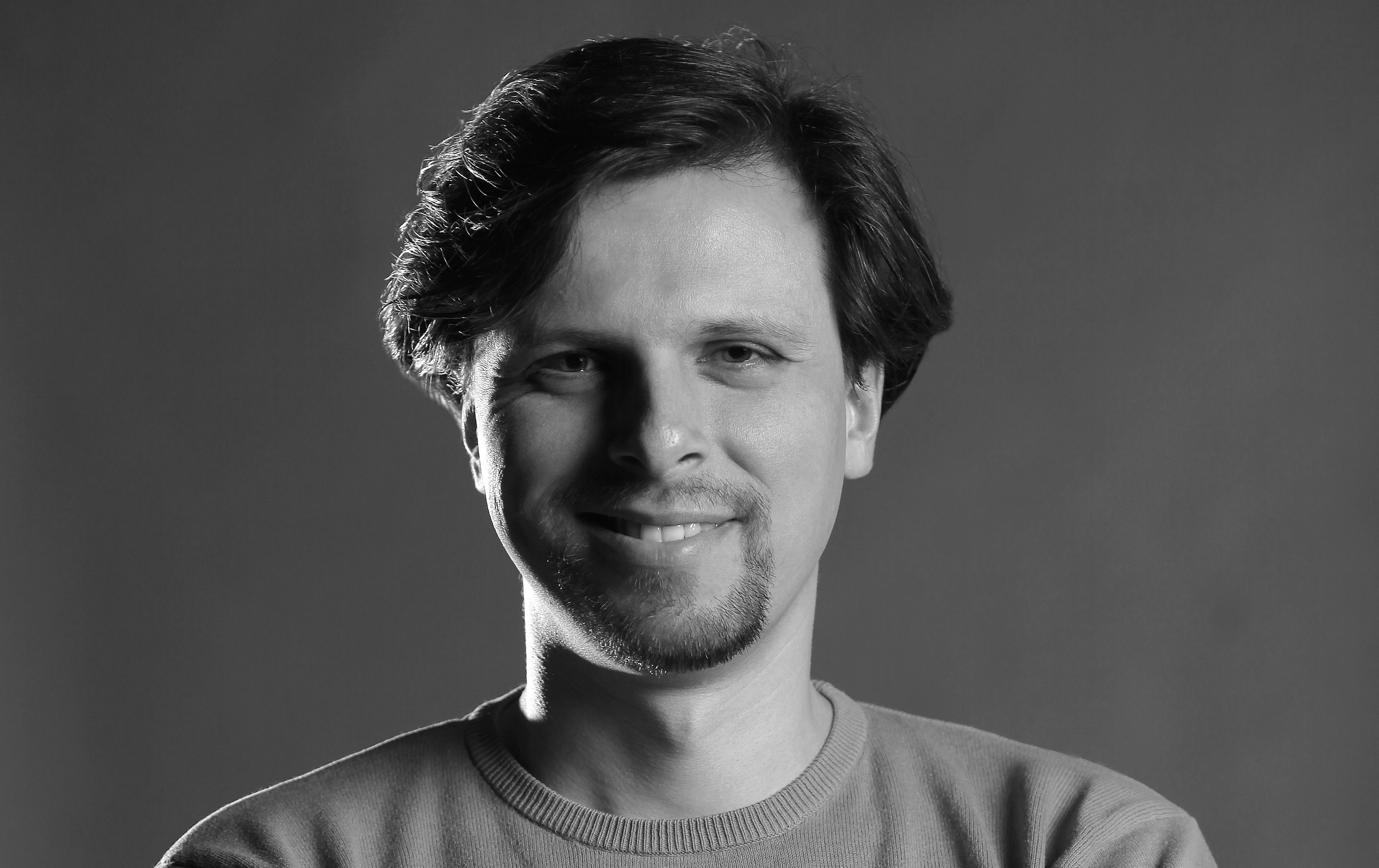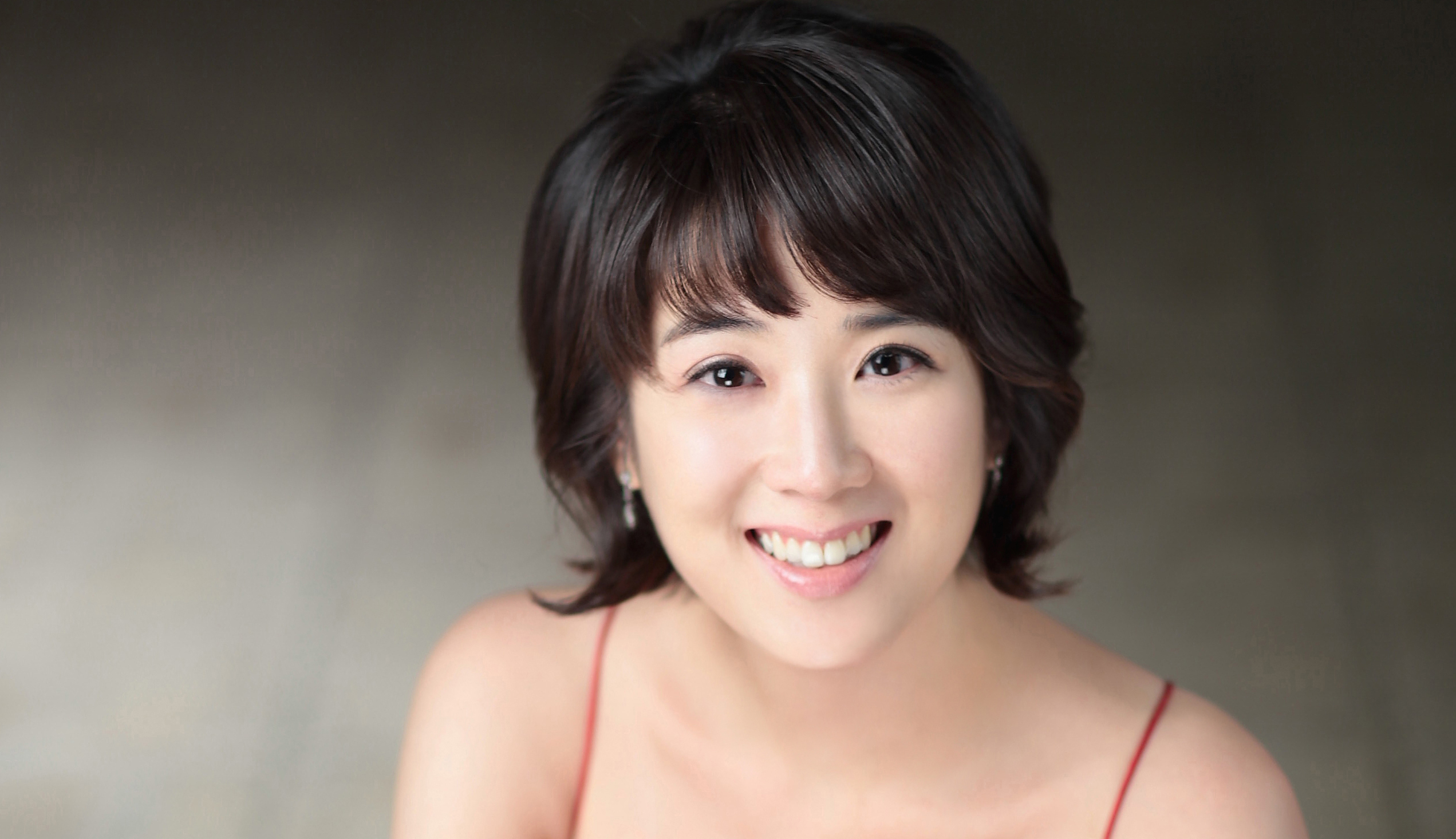The great pianist Alfred Cortot said of the Chopin Etudes that “they are as inaccessible to the technician without poetry as they are to the poet without technique.” The same could apply equally to all of Chopin’s works. Carlo Grante possesses both technique and poetry in formidable degrees. His daunting program consisted of two giant blocks of the repertoire, the four Ballades and the four Scherzi of Chopin. These works are so well-known that their themes have become part of the musical subconscious, so to speak. They are also routinely massacred by well-meaning pianists, both professional and amateur.
From the opening stark low C of the first Ballade, the audience sensed it was in the presence of total mastery and a personal vision for each phrase and each work as a whole. Color variety was abundant, reflecting the deep and dramatic emotional shifts that frequently turn from brooding to exultant in these lyrical narratives. At times, a daring and personal sense of rubato was applied, but always with a structural view, never distorting the total architecture. He didn’t play these works “the way you’ve always heard them,” thank goodness. After all, if you can’t be individual in works from the Romantic period, you are in the wrong business.
In his detailed and very intelligent program notes, Mr. Grante discusses the layers of accretion that have gathered on these works, and how a newer analytical sense has slowly gained ground, leading to more interpretive choices and greater coherence. I agree with his remarks, and also with his interpretations, and they are just that: interpretations. How refreshing to find such individuality combined with faithful adherence to the score. All this sounds very dry and technical—the result was anything but. Some ladies seated near me were grumbling that he didn’t “sing” enough (meaning ‘bring out the right hand’), the way they had been taught ages ago by their teachers, prior to their giving up lessons. I resisted the temptation to lecture them; to say that he was indeed singing all the principal lines.
People have tried to attach specific programmatic content to the Ballades for over a century-and-a-half, understandable given their literary title deriving from epic poetry, but Chopin himself never alluded to any such storytelling, preferring to do it exclusively through musical construction and scale. This we heard clearly in Mr. Grante’s lucid renditions. The Scherzo (Italian for “joke”) began as a rapid transformation of the Minuet movement in sonatas and symphonies. It has often been remarked that, except for the E Major, Chopin’s Scherzi are some of the “blackest jokes” ever, containing mostly fury instead of humor. Even so, Mr. Grante managed to find qualities of coquettish grace in passages that are usually banged or hurried through.
Mr. Grante’s fluid and rapid fingers absorbed Chopin’s use of the “little” notes, arabesques, filigree, and other ornamental strategies, creating delicious harmonic washes of sound surrounding melodies that are often in the left hand, the one most ignored by amateur pianists. He revealed the contrapuntal mastery of Chopin, one of whose idols was Bach, which is too often glossed over. Mr. Grante also had a great sense of forward propulsion, the result of his firm understanding of the music’s ultimate goal.
Mr. Grante is a Bösendorfer artist, and his choice of instrument ideally suits his strong qualities. The sound was melting and mellow, a sound jaded New York ears used to the brilliance of Steinway may not be accustomed to but should grow familiar with. There were even notes that I wasn’t sure I heard, so delicate was his approach to the keys in certain soft passages. However, this was due to his creating “in the moment” rather than parroting a rehearsed “plan” for each piece.
Mr. Grante’s stage manner is not theatrical. He simply proceeds to reveal the deep structure and feeling embodied in the notes. His phrase-end taperings were spectacular, vocal in nature, adding to the sense of poignancy and nostalgia. There was great strength in the “apotheosis” sections of each Ballade, with never a harsh tone. The Scherzi benefitted a great deal from Mr. Grante’s fluidity and organization; even with their many repetitions, they never felt long.
Two (very) minor quibbles: 1) At times, the ending cadential formulae of the Ballades seemed a bit perfunctory, considering the grand heroic narratives that had preceded them. 2) I would have enjoyed a presentation by opus number, thereby mixing Scherzi and Ballades.
The enthusiastic audience seemed to realize the great gift they were being given. This is no everyday event. Mr. Grante played the wistful Mazurka in A Minor, Op. 68 No.2, written when Chopin was only seventeen, as a ghostly, nostalgic encore, bringing just enough “fatal optimism” in the C Major modal sections.
There are two more evening planned by Mr. Grante in his series “Masters of High Romanticism,” Schumann sonatas, and Brahms variations. I advise lovers of the piano to go.


